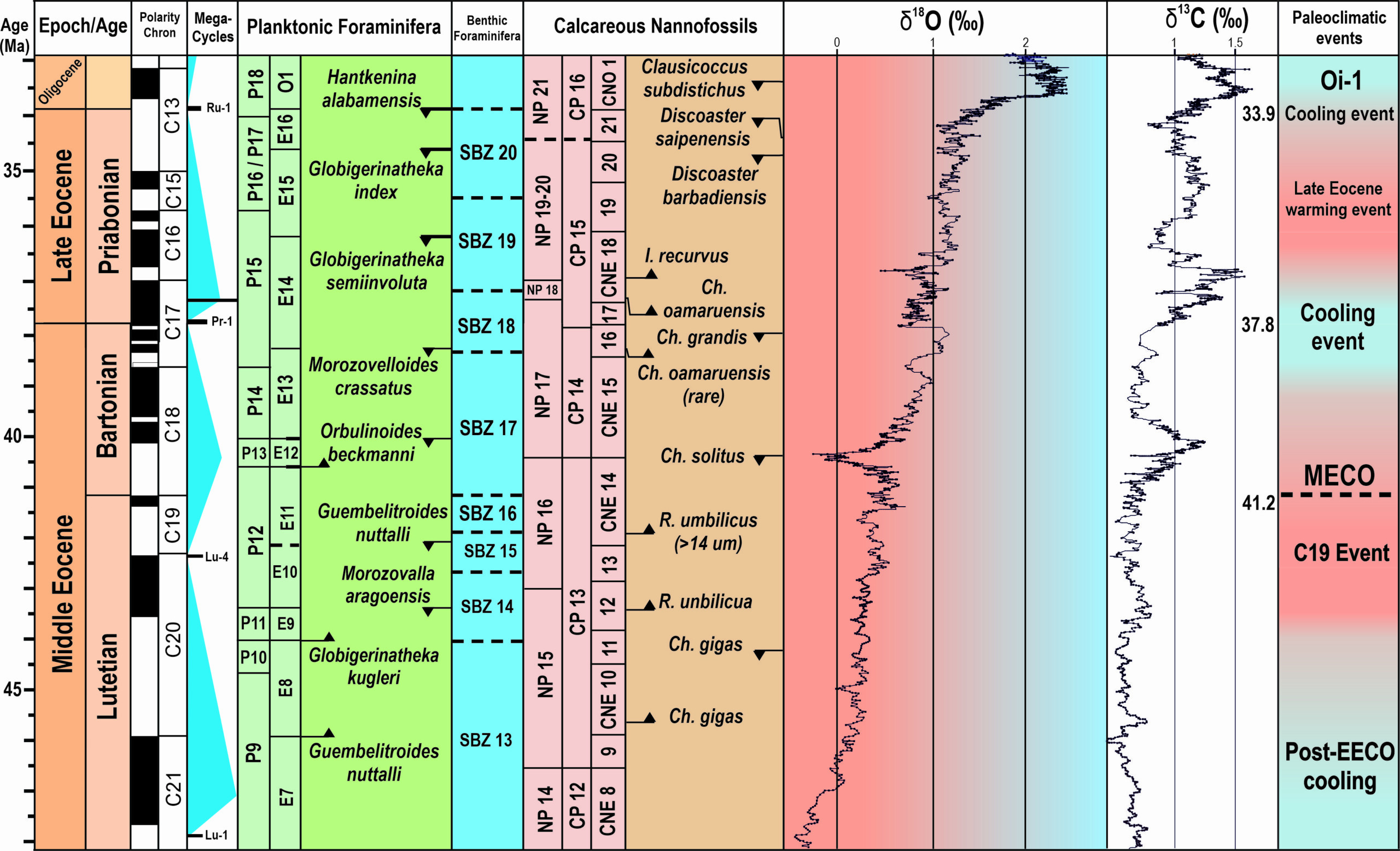Universitetsavisen
Nørregade 10
1165 København K
Tlf: 21 17 95 65 (man-fre kl. 9-15)
E-mail: uni-avis@adm.ku.dk
PhD thesis defense
PhD thesis defense — Jihede Haj Messaoud 14 May at 13:15
Date & Time:
Place:
https://ucph-ku.zoom.us/s/65677177550
Hosted by:
Geology Section, Department of Geosciences and Natural Resource Management (IGN), Øster Voldgade 10, 1350 CPH K
Cost:
Free
Jihede Haj Messaoud defends his thesis,
INTEGRATED STRATIGRAPHY OF THE MIDDLE EOCENE-EARLY OLIGOCENE OF THE CENTRAL TUNISIAN PLATFORM: IMPLICATIONS FOR CLIMATE CHANGE AND FOR THE DISTRIBUTION OF CARBONATE SEDIMENTARY DEPOSITS
Supervisors:
Associate Professor Nicolas Thibault, IGN – Geology Section
Professor Chokri Yaich, National School of Engineering of Sfax – Tunesia
Assessment Committee:
Professor Emanuela Mattioli, University of Lyon 1 – France
Director of Research SNRS Guillaume Dupont-Nivet, University of Rennes 1 – France
Associate Professor Christoph Korte (chair), IGN – Geology Section
Summary:
This thesis explores the middle Eocene-early Oligocene sedimentary archive to examine the enigmatic paleoclimatic events in the Mediterranean basin (Tunisia). Through this thesis, we conduct the first integrated research to understand the response of the southwestern Neo-Tethyan margin to the development from the greenhouse world towards the modern icehouse climate system. This thesis is unique in its use of a high-resolution multidisciplinary stratigraphic investigation of four sections selected along a transect perpendicular to the formal coastline allowing us to identify the effect of climate change on sedimentological facies and marine environments in the Tunisian dorsale through bio-, chemo-, and cyclostratigraphic investigation. The Lutetian-Bartonian boundary was identified for the first time by the base of nannofossil Reticulofenestra stavensis. The base of the Priabonian is placed at the acme base of the nannofossil Reticulofenestra erbae (37.89 Ma). The base of Clausicoccus subdistichus coincides in northeastern Tunisia with the extinction of the hantkeninides group and is used here to define the Eocene-Oligocene boundary at 34.03 Ma. The Middle Eocene Climatic Optimum (MECO) event has been placed in the lower CNE15 calcareous nannofossil zone exactly between 39.94 to 40.48 Ma. A transient period with increasing carbonate production and with a return to nummulite carbonate is manifested in the field by the deposition of the Reneiche / Siouf members that we associate with the onset of transient warming during the MECO. Our age-model advocates for non-deposition of the Reneiche /Siouf members in the deep basinal part of the Tunisian dorsale during the MECO interval. This interpretation supports a potential change in sediment source in our investigated area. Astronomical calibration of the El Rahma section (NE Tunisia) with the semi-quantitative abundance patterns in calcareous nannofossils allowed us to identify the Discoaster Extinction Event (DEE, 34.35 Ma). A positive carbon isotope excursion is recorded after the DEE and correlates to open‐ocean records of the Pacific. The Oi‐1a (32.75 Ma) glaciation event coincides in the Southern Neo‐Tethys with a major sea‐level drop. Enhanced obliquity power occurs before the EOB, immediately above the DEE, supporting late Eocene increase in ice volume growth as the trigger of monsoonal and ocean circulation changes that affected tropical latitudes of the southern Neo‐Tethys.
A digital version of the PhD thesis can be obtained from the PhD secretary Mikala Heckscher at mikala@ign.ku.dk
